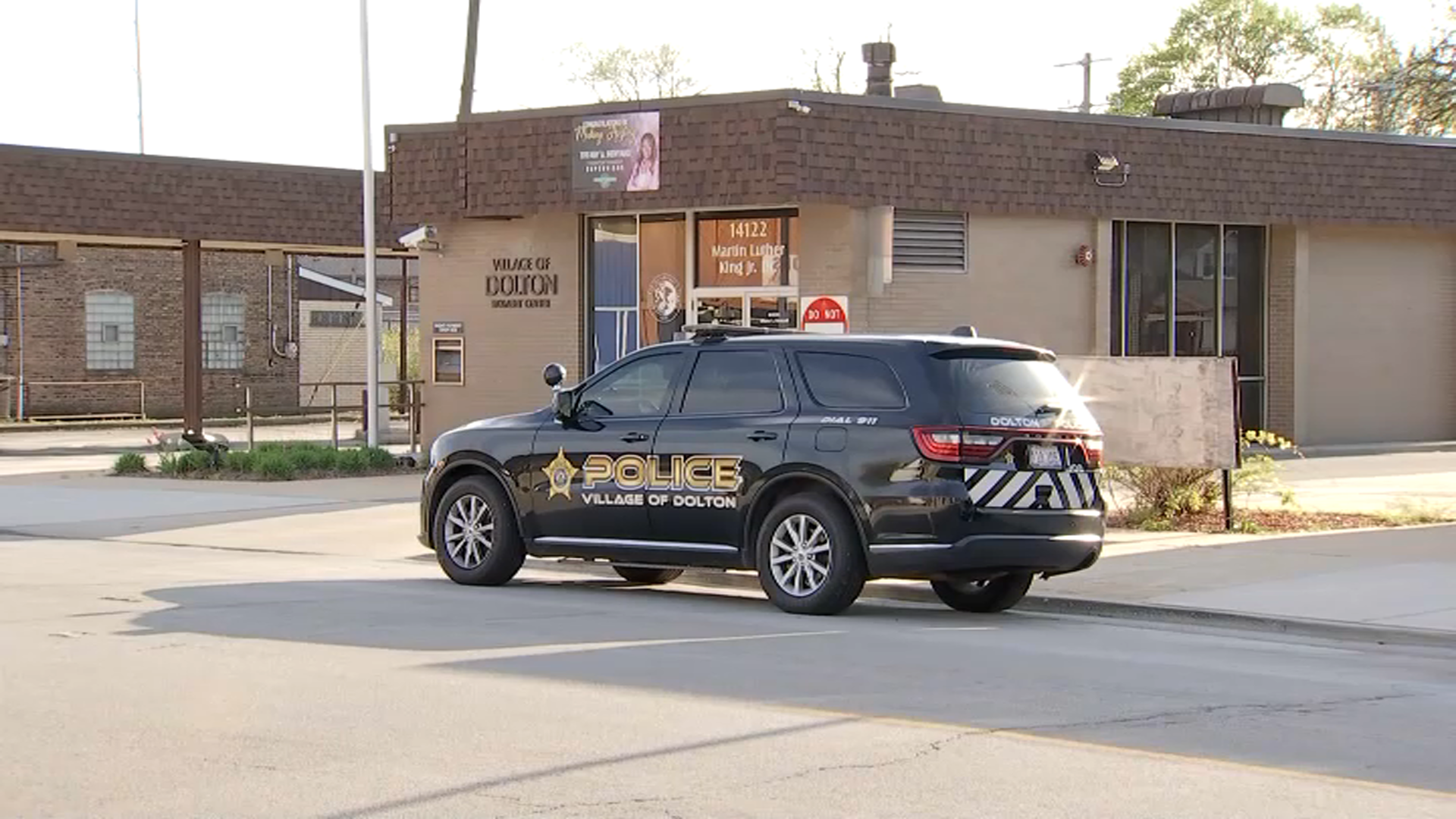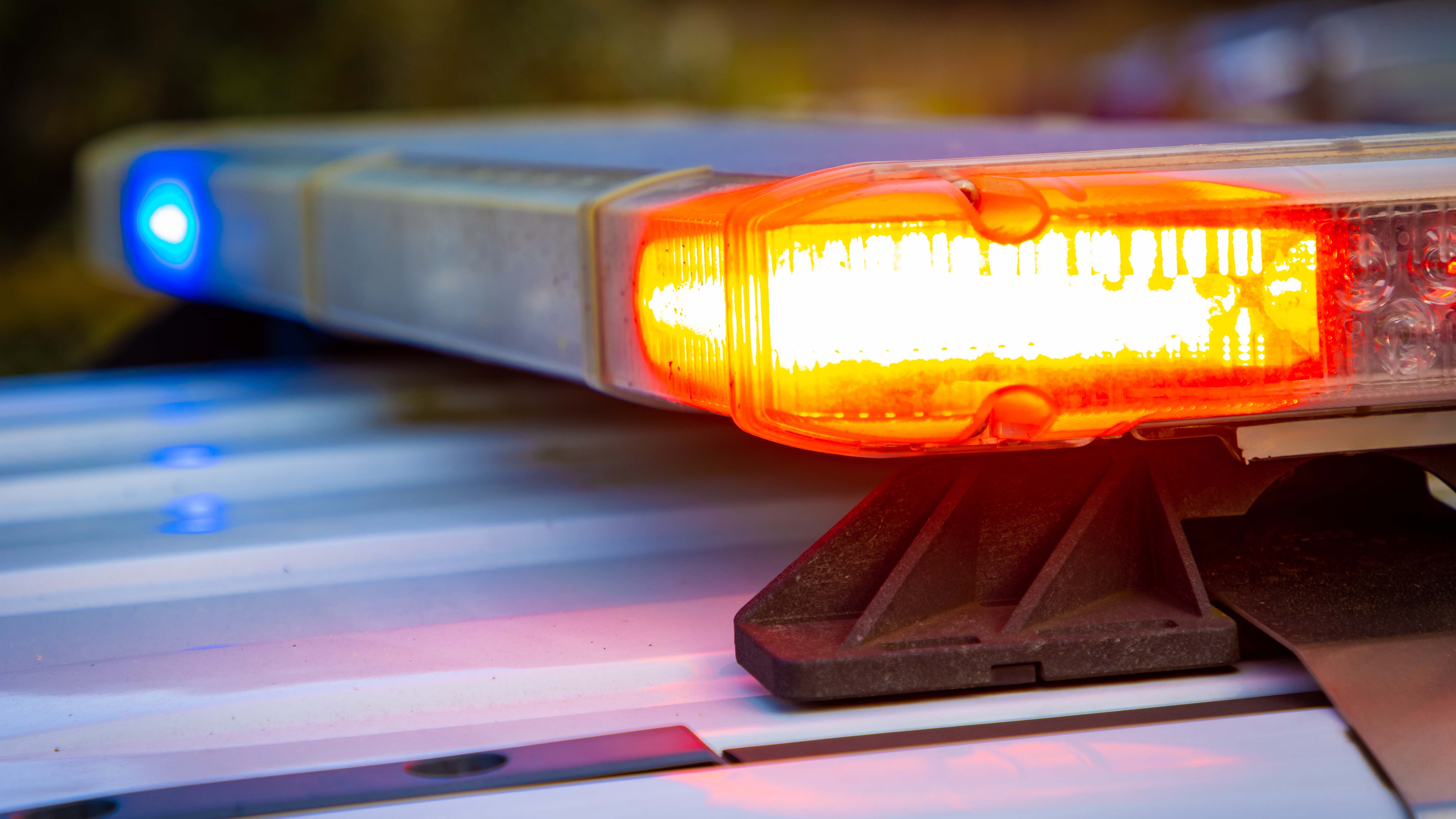When he set up his "Restore Illinois" plan, Gov. J.B. Pritzker divided the state into four regions, so that key metrics could be monitored for reopening businesses and life in general.
But not everyone likes the club they've been invited to join.
"I understand the governor's got a job to do, and I understand Mayor Lori Lightfoot's got a job to do," says Elmhurst mayor Steven Morley. "But I'm the elected mayor of Elmhurst, and I've got a job to do as well."
Just 18 miles west of Chicago's Loop, Elmhurst might as well be light years away. The leafy Dupage County suburb is home to 46,000 residents, a far cry from the 2.7 million in Chicago.
Still, Elmhurst and dozens of other suburbs are included in the Northeast Region on Pritzker's map. This week, Morley wrote the governor a letter, arguing his community should not be held to the same standard as Chicago.
"Instead of opening our town in a matter of days," he said, "we will be forced to wait months until Chicago and other densely populated areas catch up with our progress."
Speaking to NBC5, Morley argued that it made no sense to include his community, and in fact DuPage County, with a totally different dynamic in Chicago.
Local
"We have greater distancing, we use less public transportation, and the entire purpose of my letter to the governor was to open up a dialogue," he said. "We have the ability to apply a more surgical approach, and that's really what I'm looking for."
Metrics tracked by NBC5 Investigates suggest Elmhurst and its surrounding area are making progress. After peaking April 30th, DuPage County is trending downward in new cases.
One of the state's key benchmarks is the so-called "positivity rate", a function of positive test results out of total tests administered. Pritzker's plan calls for a 20 percent positivity rate before moving to the next level.
Dupage is below that threshold at 18.1 percent. Elmhurst is at 14.4 percent.
"I expect these numbers to move up and down," the mayor said. "Which is all the more reason I believe we need to be treated a little differently."
At his daily coronavirus press briefing, Pritzker did not suggest a willingness to redraw the boundaries, at least not yet.
"Everybody would like to draw a different map," the governor said. "There's no doubt about it."
Pritzker insisted there was a method to the Chicago and suburban calculus, taking into account hospital availability and proximity to urban areas. Plus, he suggested the intermingling of the city and suburban populations made a common region more practical.
"Many people who live in DuPage County work in Cook County, travel between the two," he said. "That's one of the reasons why there's a danger for people who live very nearby, because there's a danger as they travel to and from work they have the potential to carry the virus back and forth."
Maybe so, but Morley said he believes his community shouldn't have to wait for Chicago's statistics to line up with theirs.
"I think there's got to be a balance," he said. "I think it's a good first start, but I do think that it needs to be open to discussion, and open to some changes."



